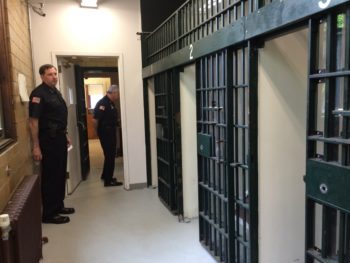Photo: Belmont’s 2016 Town Meeting concludes tonight.
The 2016 Town Meeting will reconvene on Monday, June 13 at Chenery Middle School Auditorium beginning promptly at 7 p.m.
With just a few articles remaining, it’s likely the annual meeting of the town’s legislative body will conclude Monday.
Tonight’s agenda include:
- Articles 17 (de-authorization of the borrowing for the Underwood Pool and distribution on the bond premiums)
- Article 13 (authorization of up-front funds for Chapter 90 highway funds), and
- Article 14 (Capital expenditures by the Capital Budget Committee)
There will also be a Special Town Meeting for the conveyance from the state to the town of the former incinerator site on upper Concord Avenue.
No amendments have been filed so all votes will be on the articles.
The meeting will begin with the Belmont Energy Committee providing information to members on
- Examples of Belmont Energy Efficiency and Carbon Reduction Programs (Sept. 2010 – May 2016)
- Full report of updated carbon emissions inventory for Belmont, March 2016.
